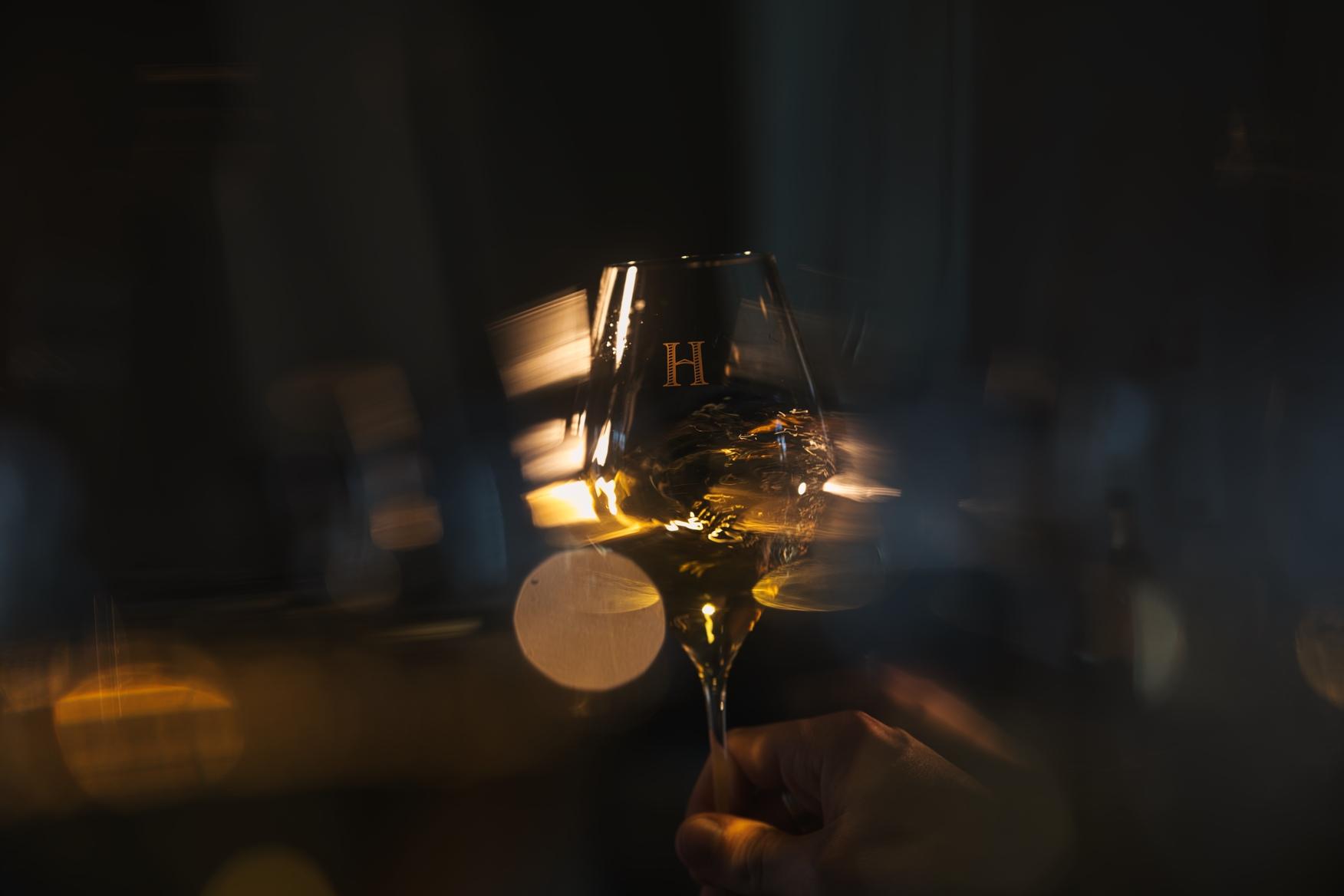To visit our site, you must be old enough to buy and consume alcohol according to the applicable legislation in your country / region
Enter



A unique savoir-faire
Matter is nothing without the spirit that applies to it
When Apolline founded Maison Henriot in 1808, her vineyards comprised of Grands Crus nestled in the heart of the Montagne de Reims. For her, it is fundamental to express the exceptional lands of Champagne in each cuvée. Apolline then crafts a unique know-how, giving Maison Henriot its distinctive signature.
The culture of diversity
Champagne is composed of a great diversity of terroirs, through different exposures of vines, slopes, soils, people invested in the vineyard and viticultural practices. Apolline, who has a deep passion for expressing the beauty of the Champagne terroirs, decided to cultivate its diversity, which was then perpetuated by the Maison Henriot. This philosophy also allows her to achieve her desire to craft Champagnes of a great aromatic complexity, translating a generous profile.
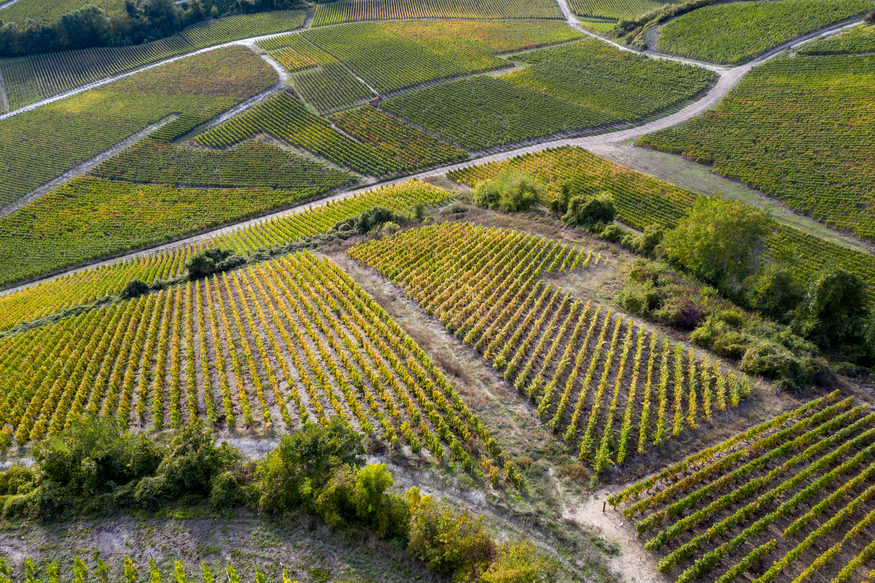
“If the mission entrusted to me is to perpetuate the soul of Maison Henriot through the signature of its Champagnes, it is our duty to address the new environmental challenges and, more broadly, societal challenges.”
Alice Tétienne
Knowledge of the
vineyard and its origin
Wine is crafted in the vineyard.
This is Apolline’s founding principle. She has a profound understanding of the vines and the environment in which they take root, including the soil and the climate. Thus, she pays the necessary attention to its culture in order to produce fine, genuine Champagnes. In the line of Apolline’s uncle, Canon Godinot, several sons, and nephews Henriot were trained as agricultural engineers, contributing to further develop the family’s expertise and strengthen the care given to the vineyard. The Alliance Terroirs project is a continuity of Apolline’s founding principle, initiated by Cellar Master Alice Tétienne in 2020. The project is divided into three axes: knowing the terroirs, adapting viticultural practices, and acting to sustain and protect the Champagne region.
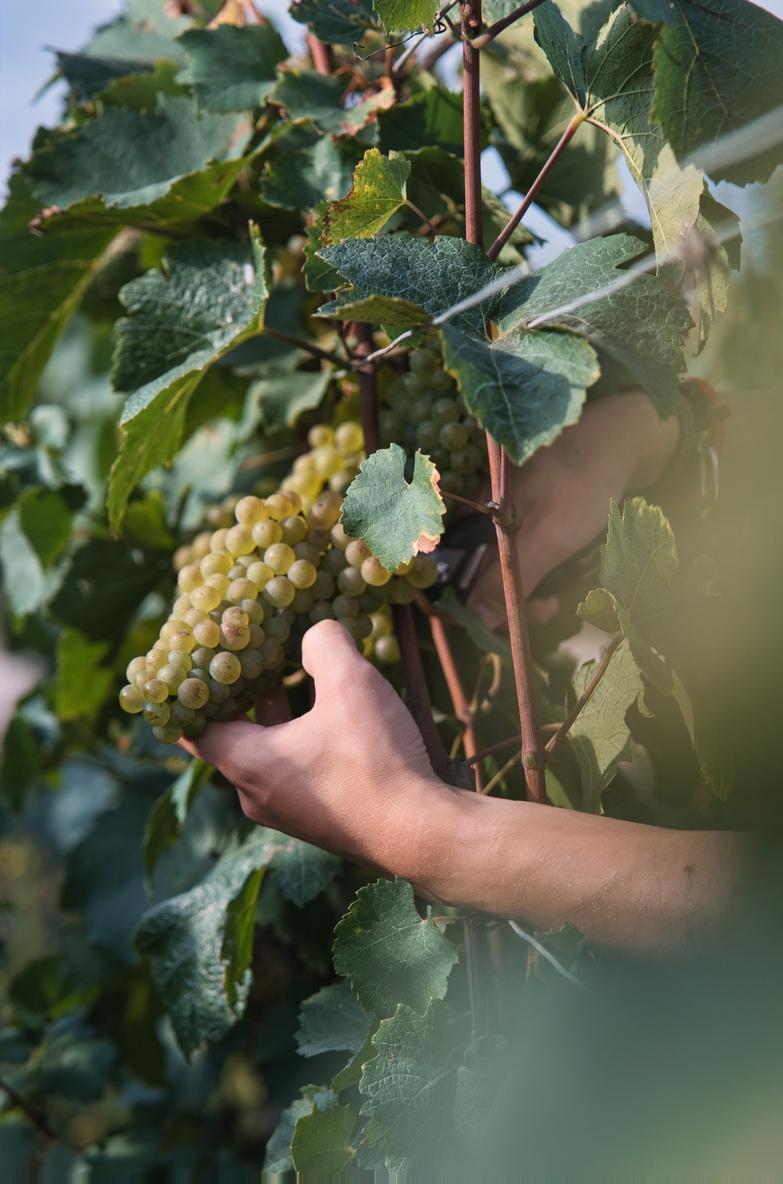

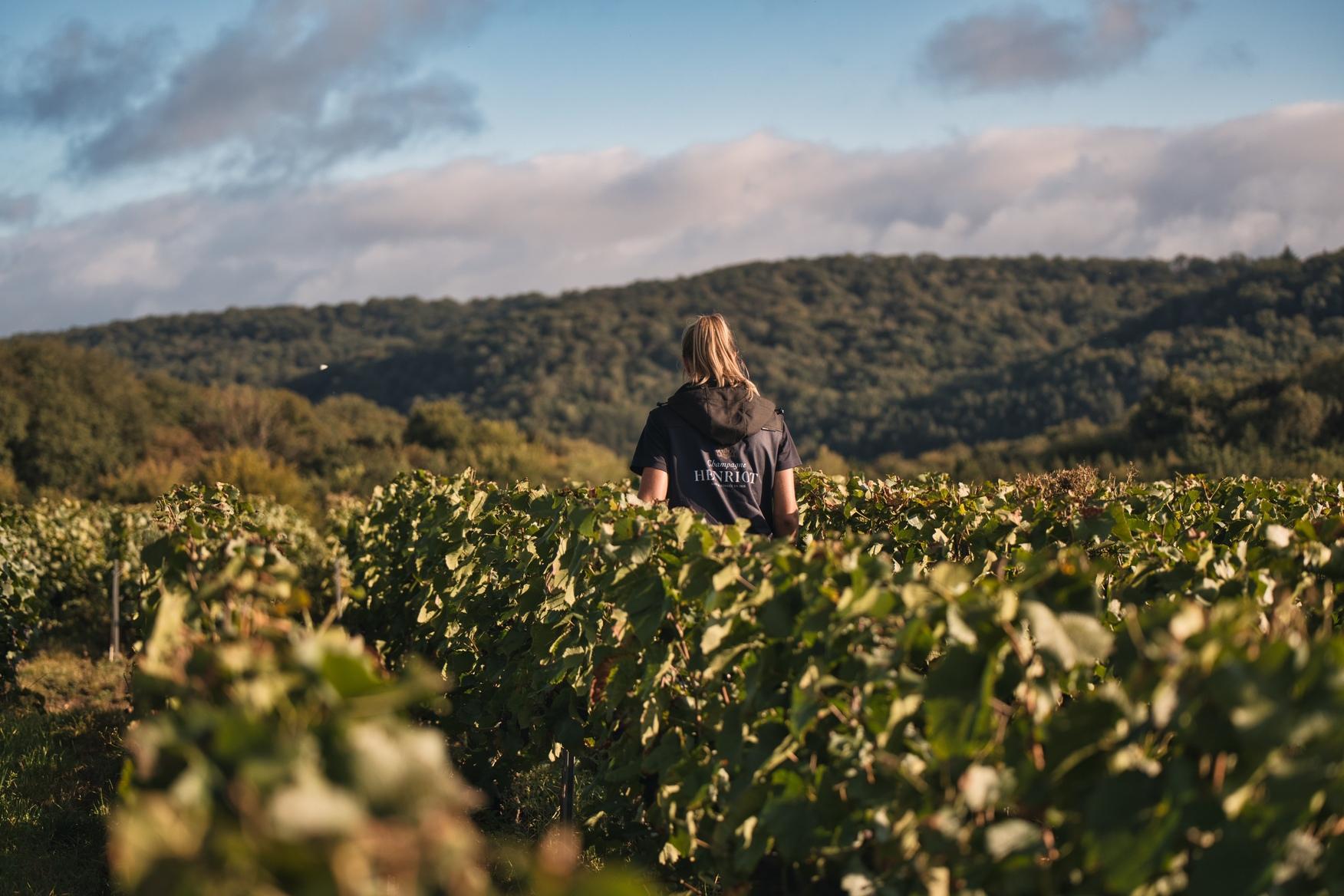

The art of blending
In addition to the culture of diversity and knowledge of the terroirs, the art of blending is the third fundamental principle of the Maison.
Indeed, thanks to this philosophy focused on the terroirs, each year, the Maison obtains, after the harvest, a great diversity of wines that will allow it to recreate the Henriot cuvées.
When Apolline founded the Maison, she decided to create a great Champagne that would allow her to illuminate her vineyards and share the beauty of Champagne.
According to her,
“One year is not enough to tell the personality of her lands, at the risk of favouring the character of the climate of the year.”
As part of her winemaking philosophy, each year, she would put wines in reserve in order to incorporate them into a future blend and thus express the various periods of life of her vineyards. Consequently, her Champagne results from the blend of both, several crus and vintages.
The art of blending expresses a vineyard, a year, an aromatic profile, and perpetuate Henriot’s signature.
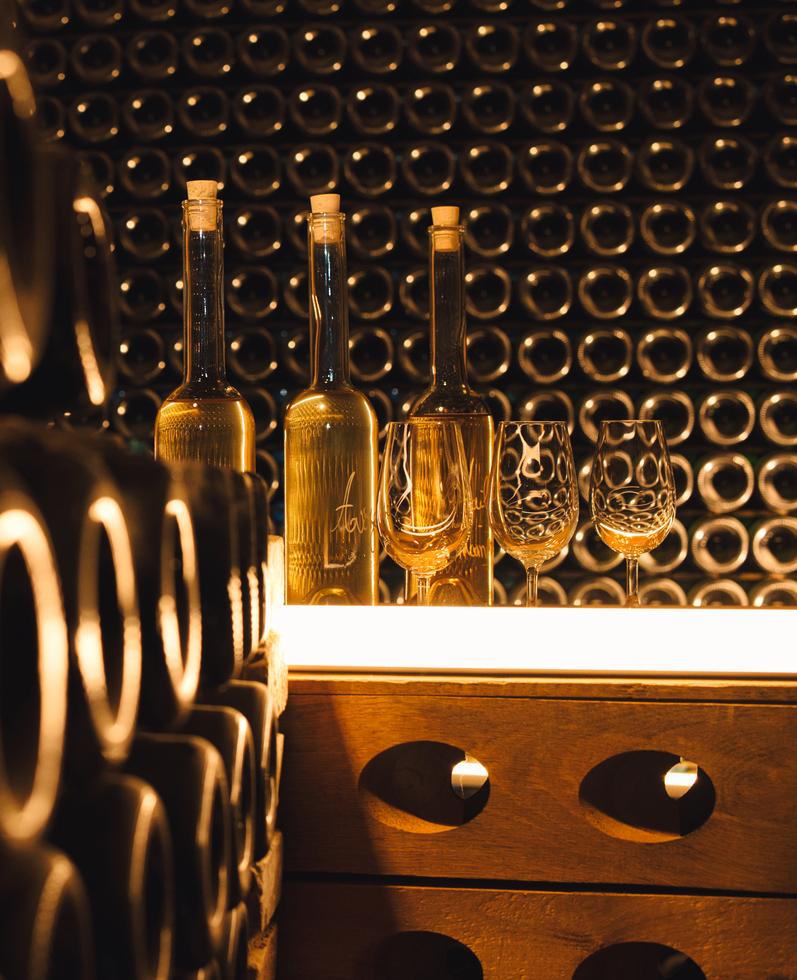
“It is necessary to both address societal challenges and evolve our practices in favour of the environment. It is at this cost that we can perpetuate the tradition and identity of our Champagne.”
Alice Tétienne
The mastery of time
Time is an ally at every stage of crafting Maison Henriot’s champagnes. Time to observe the vineyards and its environment to enhance precision; during harvest, when each micro-climate is checked and the grapes are tasted to determine the proper date of picking; during the aromatic development of wines after their production, several months of tastings are necessary to fully understand them; during the blending process to offer the most beautiful expression of the Henriot cuvées; during the ageing process letting the Champagnes slowly and quietly develop; for the transmission of a heritage and a Savoir-faire, from generation to generation.
